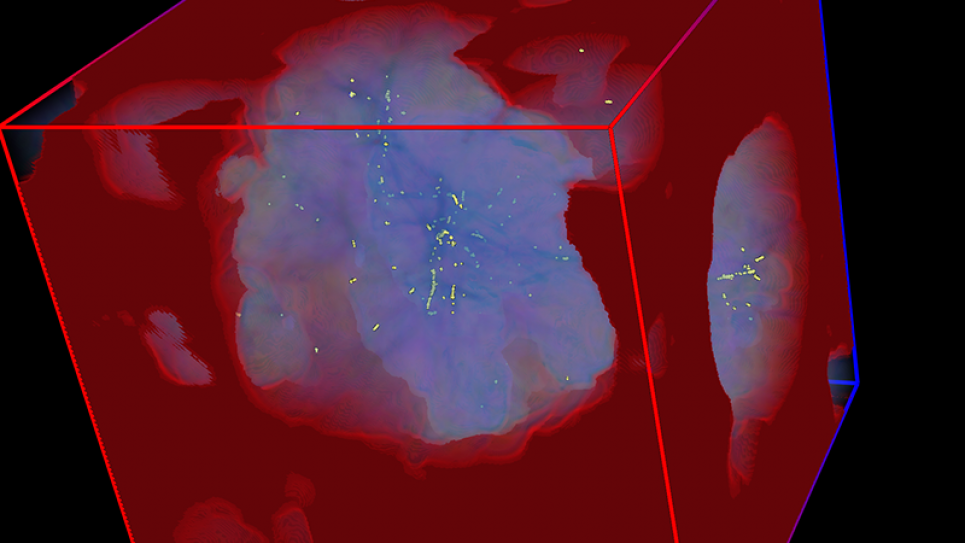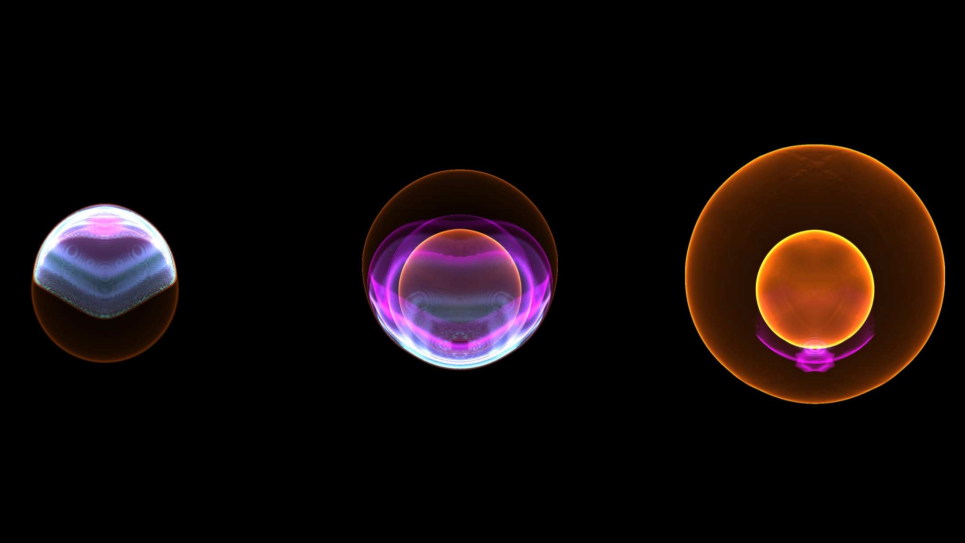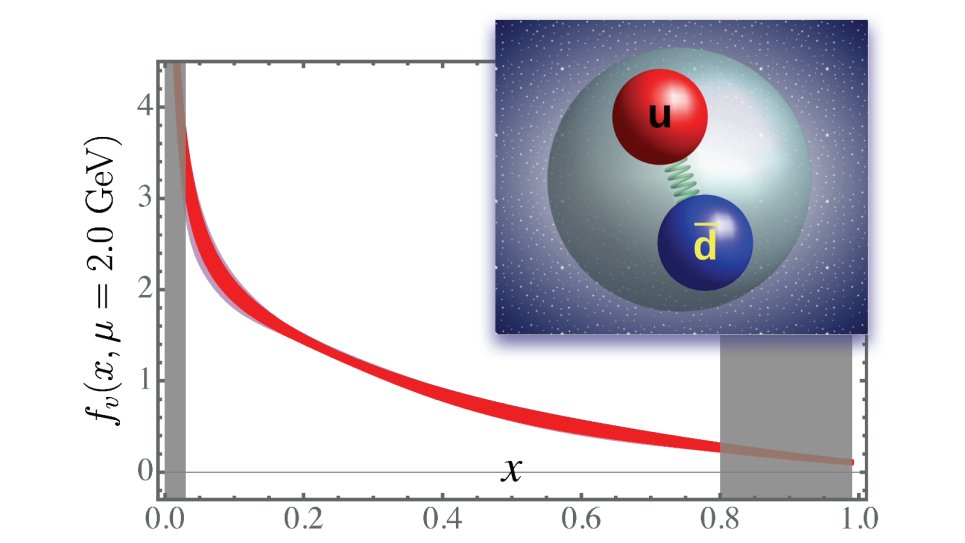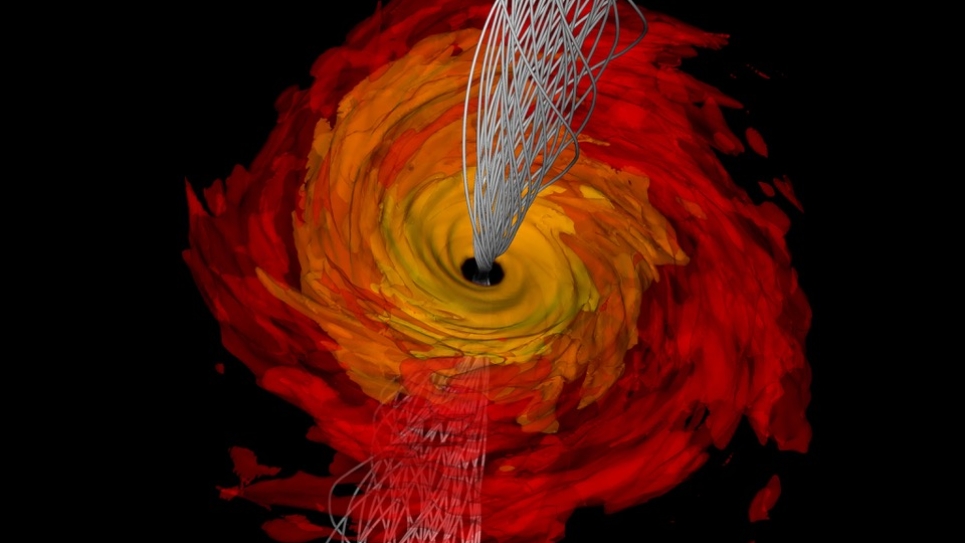
Cosmic Reionization On Computers
The study of cosmic reionization—the process of ionization of the bulk of cosmic gas by high-energy radiation from early galaxies—is considered one of the most promising areas of astrophysical research in the current decade. The Cosmic Reionization On Computers (CROC)project aims to produce numerical simulations of reionization that fully model all relevant physics, from radiative transfer to gas dynamics and star formation.
Forthcoming observations from terrestrially based radio arrays and state-of-the-art space telescopes, such as the soon-to-be-launched James Webb Space Telescope (JWST), will make existing theoretical models of reionization obsolete. Hence, the theoretical community is challenged with upgrading simulation technology to a qualitatively higher level to keep theory adequate for comparing with future observations.
The primary scientific goal of this project, expected to be achieved by 2018, is to expand simulation sets and make accurate predictions for the properties of reionization sources expected to be observed by the JWST. The simulation technology developed under the CROC project will provide the theoretical framework to explore such models against data not only from JWST and the Atacama Large Millimeter Array (ALMA), but from the next generation optical telescopes and the Hydrogen Epoch of Reionization Array (HERA) radio telescope.
Another important objective of this research is to make predictions for future observations of the redshifted 21-cm line of neutral hydrogen. That line, emitted by every hydrogen atom in the universe, will enable researchers using the HERA to map the full 3D distribution of neutral gas in the universe.
The team recently published findings which suggest that the global average 21-cm line signal was likely substantially weaker, when the universe was roughly one-tenth its current size, than predicted by an earlier analytical model. This affects the sensitivity requirements of upcoming surveys designed to detect that signal and helps observers make more accurate plans for future observational missions.


